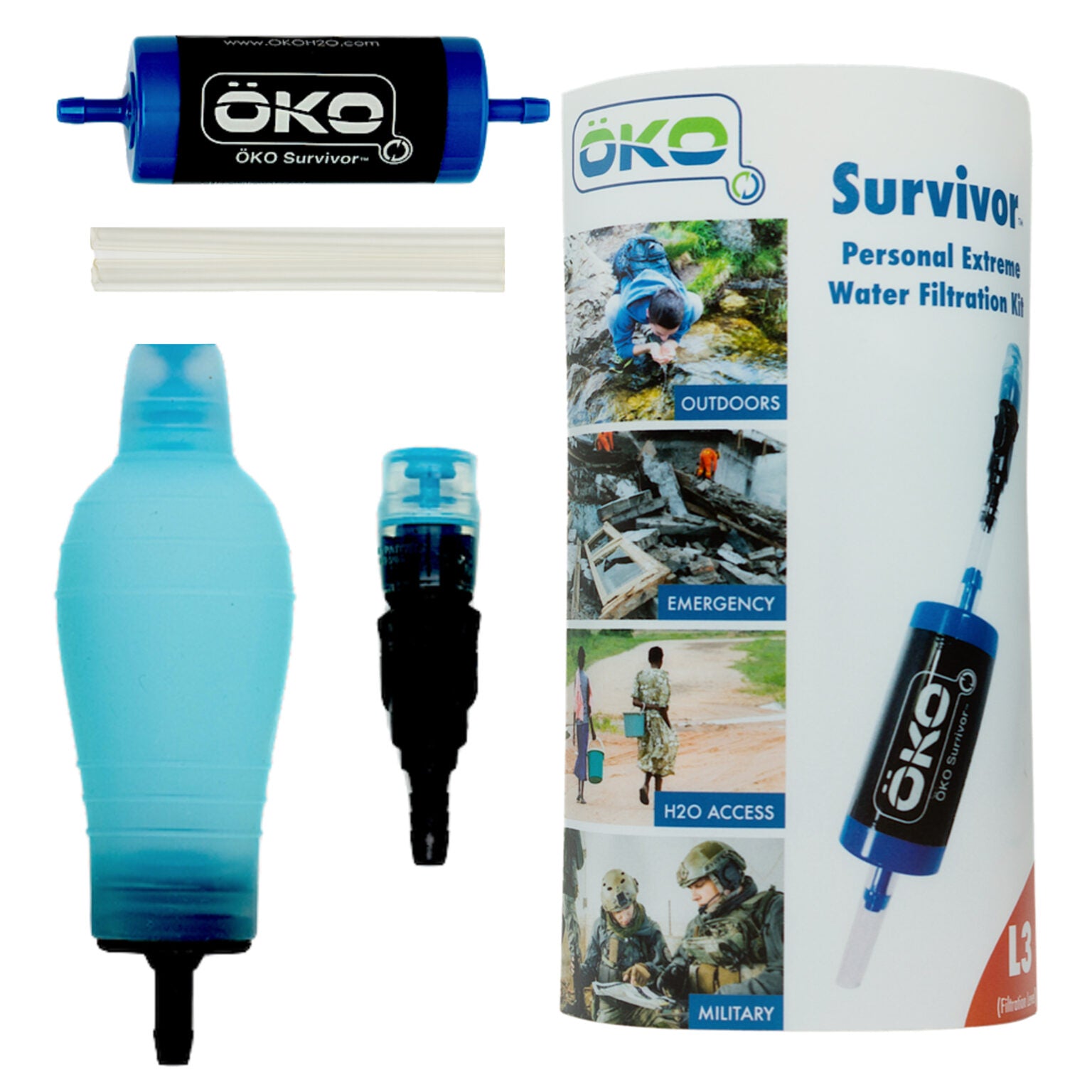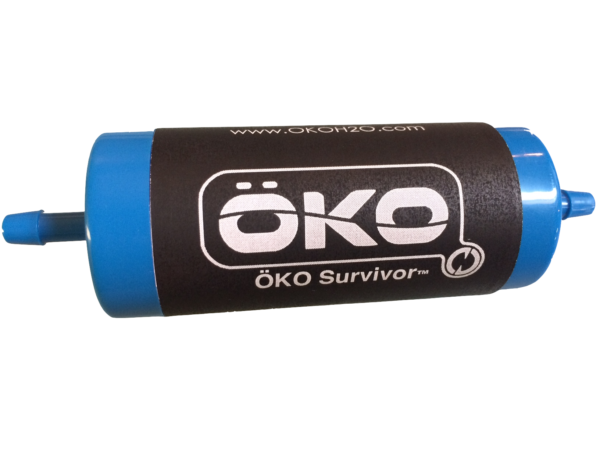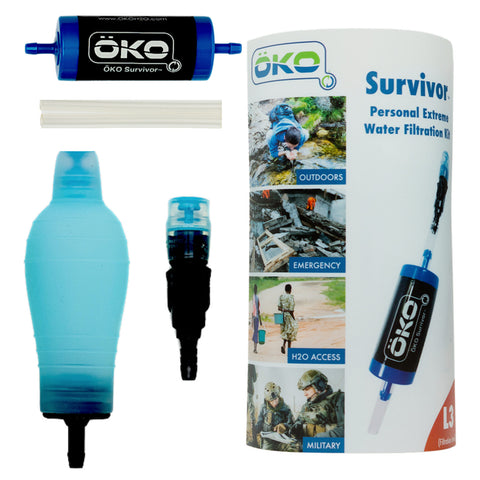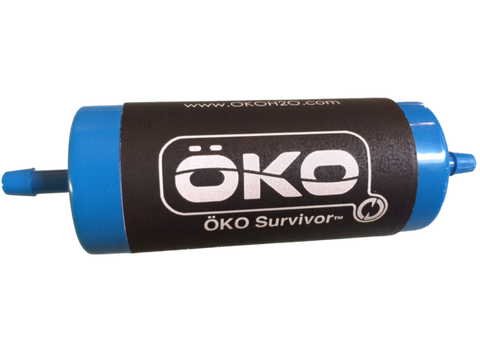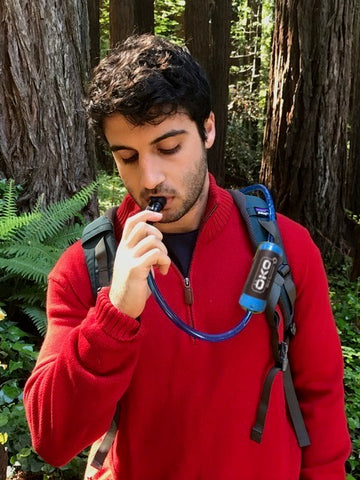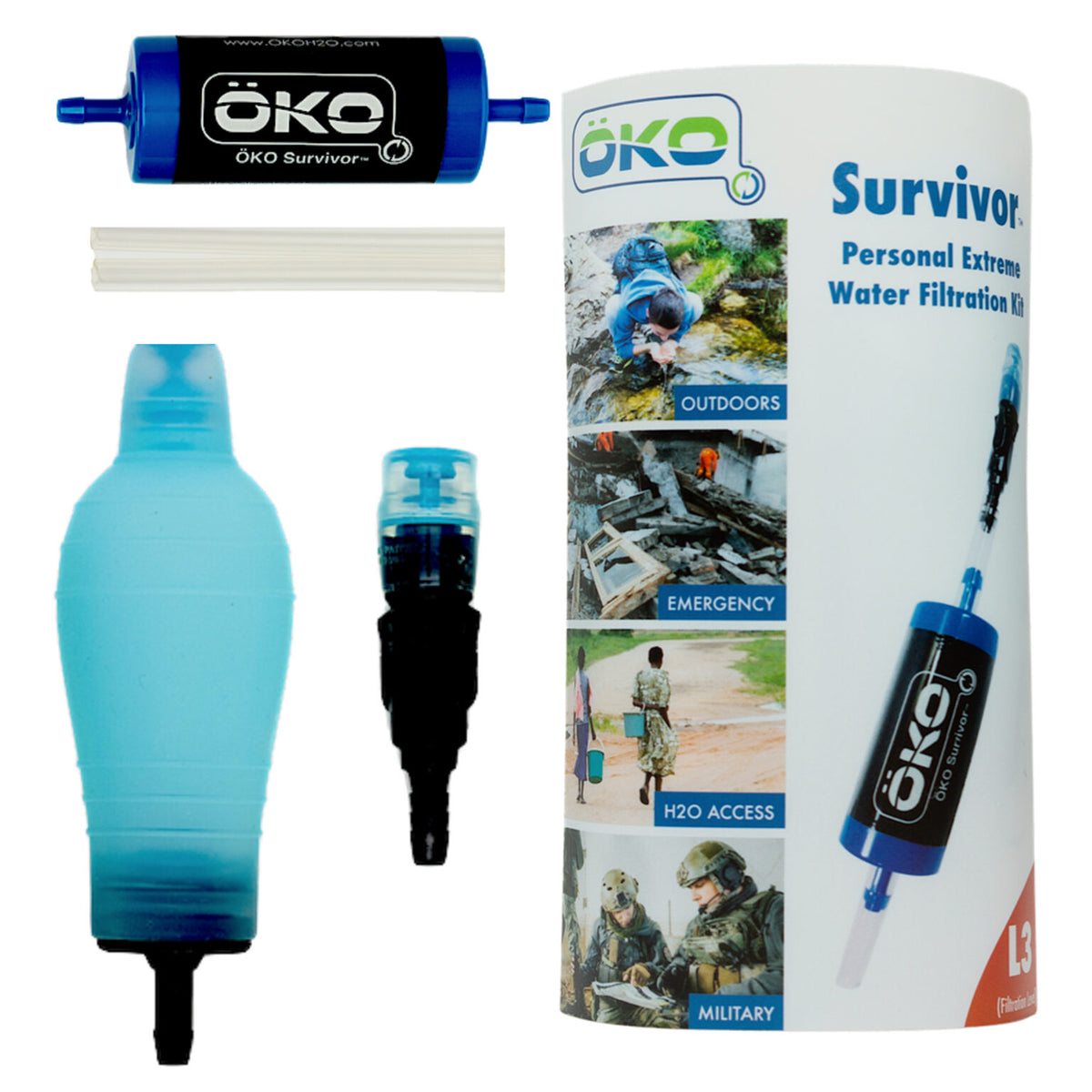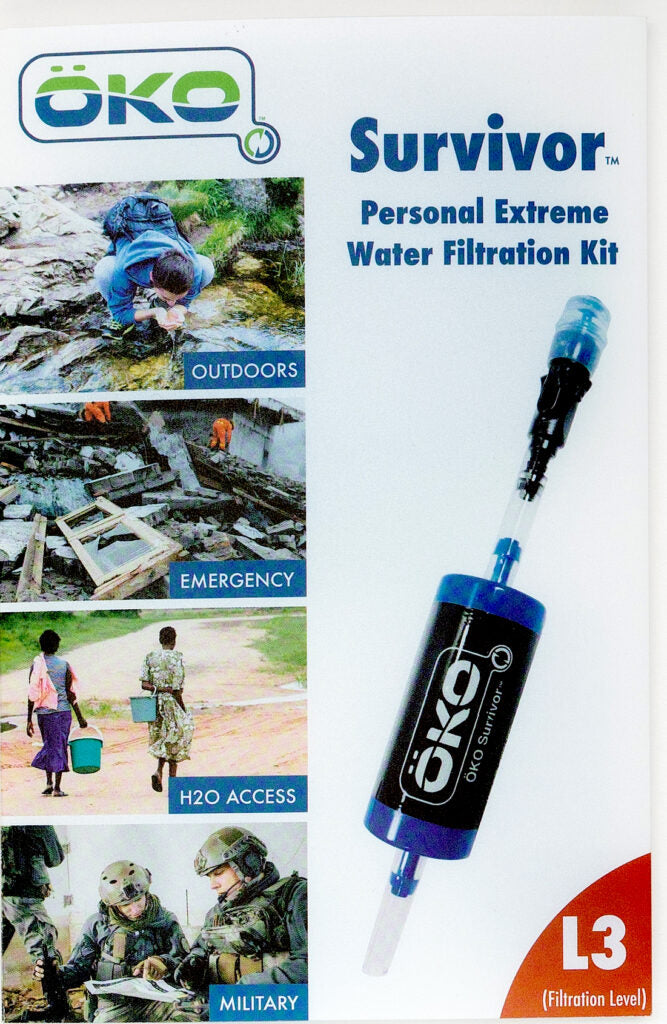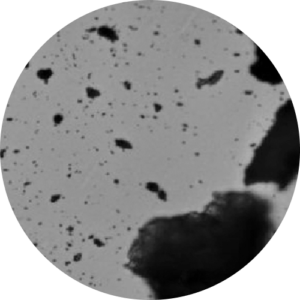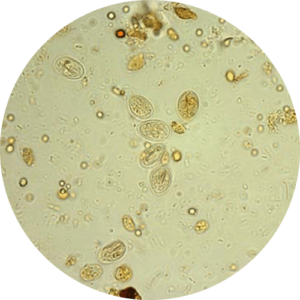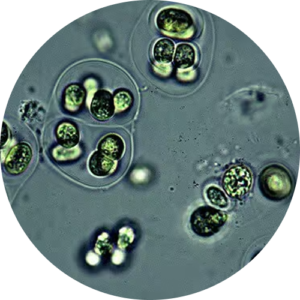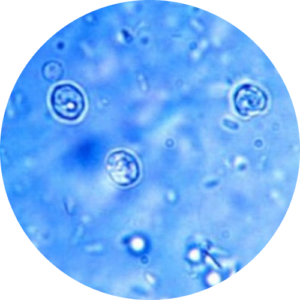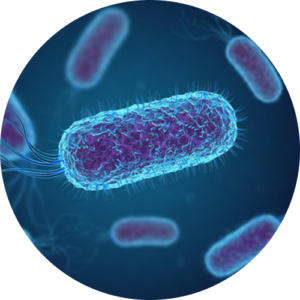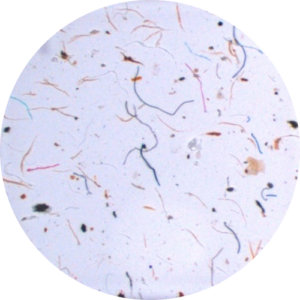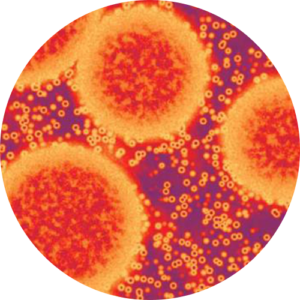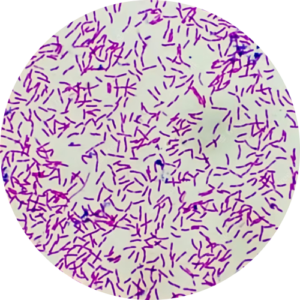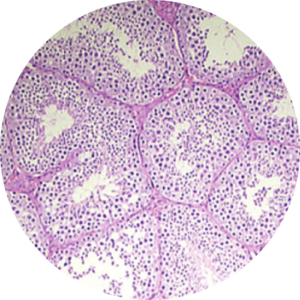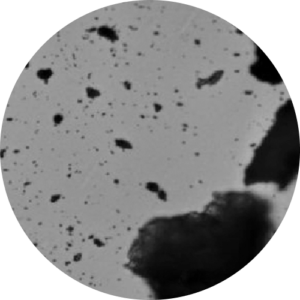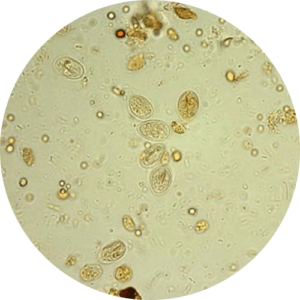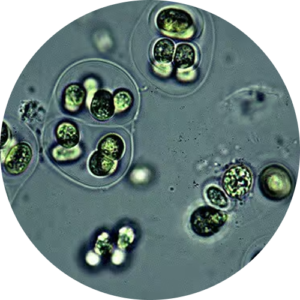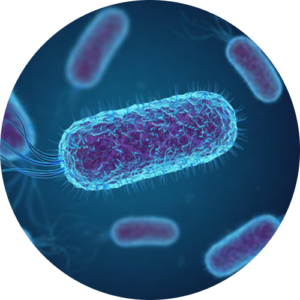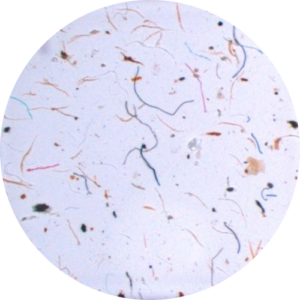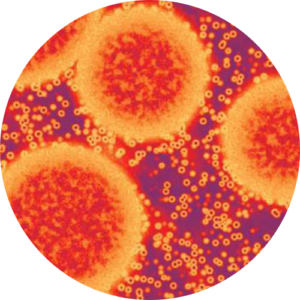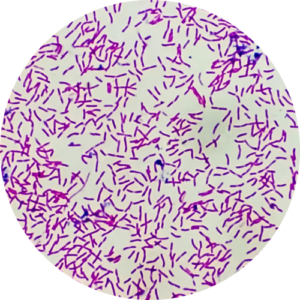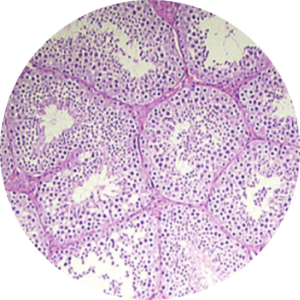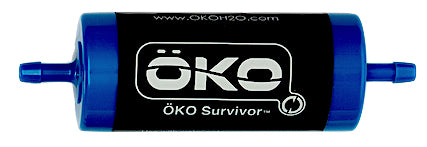 0.1 Micron Filter
0.1 Micron Filter
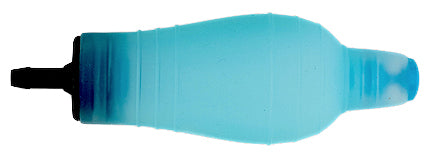 Backflush Handpump
Backflush Handpump
 Nozzle/Bite Valve
Nozzle/Bite Valve
 Nozzle/Bite Valve
Nozzle/Bite Valve
Whether camping and climbing in the high ground, in an emergency, or preparing for disaster, the ÖKO Survivor™ Kit is the ultimate hydration survival partner. The 0.1 micron hollow-fiber absolute pore size and a lifespan of over 2500 gallons* give you the peace of mind for having a supply of emergency water. The system has been tested in EPA certified labs and has shown to remove 99.9999% of the most common protozoa and contaminants such as cryptosporidium, giardia and a host of others found in open water sources. All components are FDA compliant for food contact safety and the filtration media exceeds NSF/ANSI and EPA standards for such devices. A silicone hand pump is used to flush out any remaining water from the filter and to clean and maintain it for continued use. The Survivor filter unit may be used as an inline filter with most hydration packs.
The kit includes:
- Main filtration capsule
- A straw tube (To be cut at size suitable for your needs)
- A hand pump to flush the unit
- A bite valve with automatic shut-off A zip lock bag and packaging sleeve(when combined they double as double as an emergency drinking cup).
*Variable upon water source and regular filter maintenance.
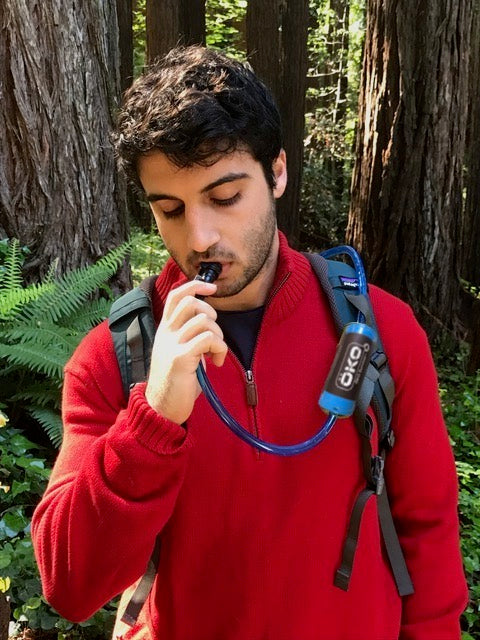
- Choosing a selection results in a full page refresh.


